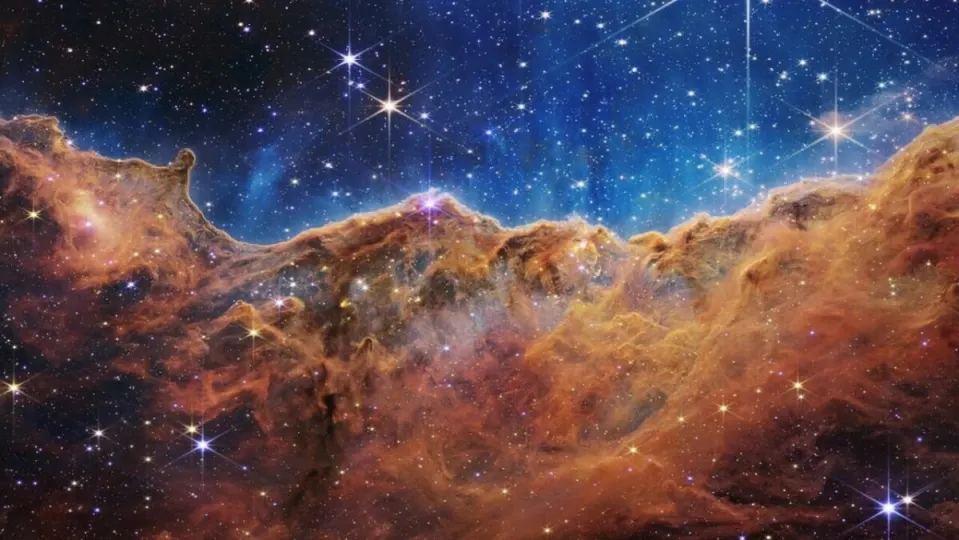Every time we discover something new up there, our knowledge about space and the universe wavers, no matter how strong the pillars of physics are. Today, we bring a piece of significant news.
According to a new study, the Universe could be twice as old as currently estimated, shedding light on the “impossible primitive galaxies” detected by the James Webb Space Telescope, which appear to be in an advanced state of evolution.
Many scientists had already expressed their perplexity over these primitive galaxies, which were born about 300/400 million years after the Big Bang but seem to exhibit a level of maturity and mass typically associated with billions of years of cosmic evolution.
A universe much older than previously thought
The study, published last week in the journal Monthly Notices of the Royal Astronomical Society, provides a new explanation for the advanced level of development and mass observed in these ancient galaxies.
Until now, physicists calculated the age of the cosmos by measuring the time elapsed since the Big Bang and studying the oldest stars while estimating the rate at which they are moving away, indicating how fast the universe is expanding.
This is calculated based on the redshift of light coming from distant galaxies, shifting towards longer wavelengths due to the expansion of the universe, a phenomenon similar to how the frequency of sound changes if the source and observer move relative to each other.
Thus, an estimation from 2021 regarding the age of the universe suggested it to be 13.797 billion years old.
However, physicist Rajendra Gupta from the University of Ottawa (Canada) stated that this redshift could be a hybrid phenomenon rather than purely due to the expansion of the universe.
“Our new model extends the formation time of galaxies by several billion years, making the universe 26.700 billion years old instead of the previously estimated 13.700,” says Gupta.
The new model suggests that the formation time of the first galaxies observed by the Webb telescope with significant redshifts may be extended from a few hundred million years to several billion years.
This new theory provides a fresh explanation for the advanced level of development and mass observed in these peculiar early galaxies.
The study also suggests that a reevaluation of the interpretation of the “cosmological constant,” representing the yet-to-be-discovered dark energy responsible for the accelerated expansion of the universe, may be necessary.
Some of the links added in the article are part of affiliate campaigns and may represent benefits for Softonic.


